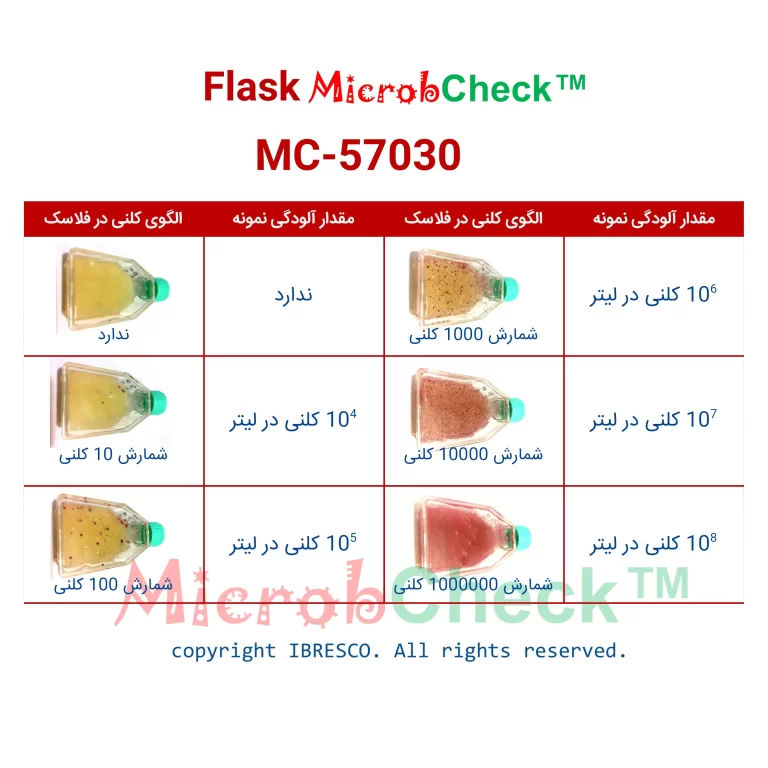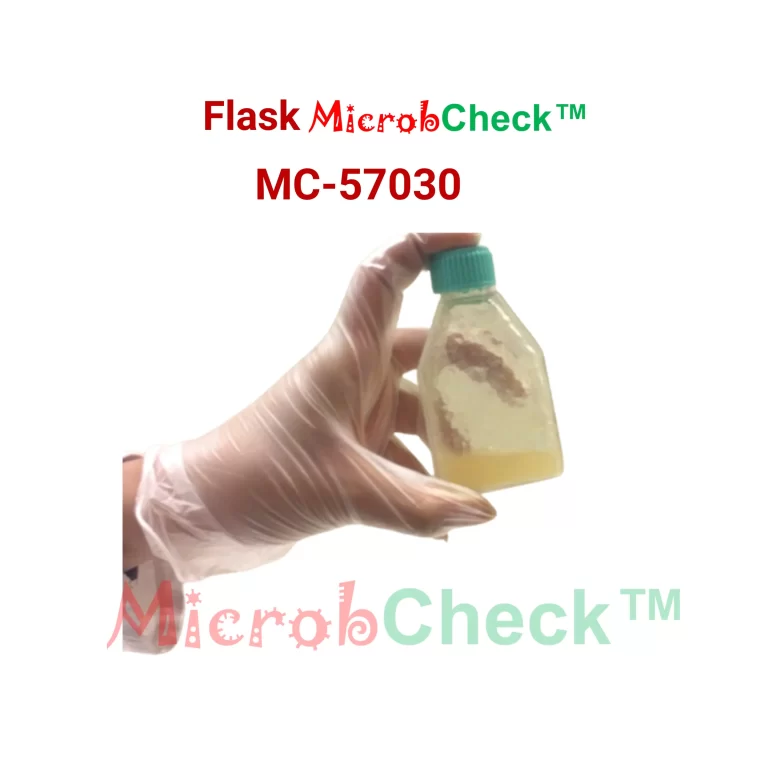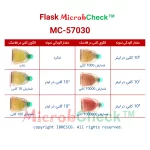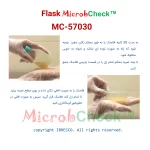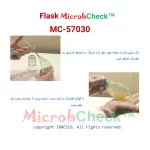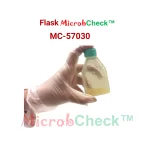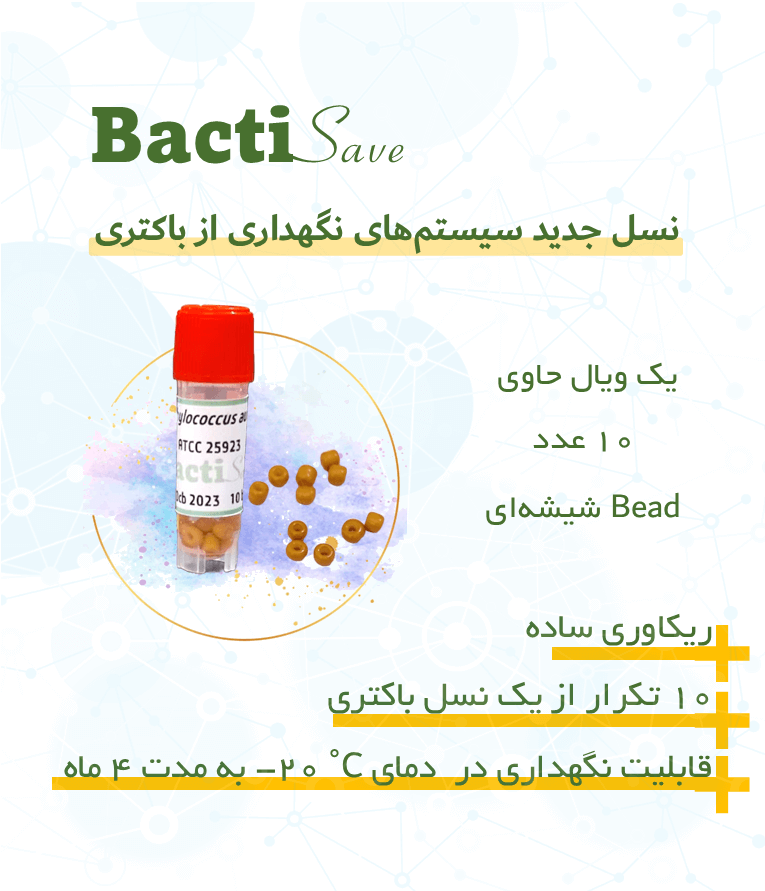توضیحات
This kit has been formulated and produced by ibersco in collaboration with Biosynth Switzerland.
no thermal shock to the sample using MicrobCheck, resulting in accurate bacterial counting,
- The advantages of this method over the Pour Plate
- Ability to add different volumes of the sample based on the level of contamination,
- Simplicity of result interpretation
- All necessary items for use are available inside the kit packaging.
- Providing various formulations for the identification of different bacteria such as coliforms, E. coli, and Salmonella.
- The possibility of on-site use without the need for laboratory equipment and specialized personnel.
- Very simple to use, high accuracy, and no need for culture preparation,
Test
Test
Method of use
- First, open the flask lid and place it on a clean surface. Note that the hand should not come into contact with the inside of the container lid or flask mouth. Add one milliliter of the desired sample to the flask using a syringe under sterile conditions. Then close the lid of the container.
For drinking water samples (which have less contamination) and samples with low contamination probability, add one milliliter, and for wastewater samples, 0.01 to 0.1 milliliters should be added.
One can prepare the serial dillution from highly contaminated samples and use it for inoculation.
- Tap the flask’s corner on the palm of your hand to loosen the gel structure.
- Shake the flask vigorously for 30 seconds. Make sure the gel is not clumpy and the sample is mixed well.
- Collect all the gel at the bottom of the flask with a few firm shakes.
- Tilt the flask horizontally and tap it on a surface to settle the gel at the bottom of the flask. Then, incubate horizontally in the incubator. Please incubate the sample at the desired temperature (incubation temperature varies depending on the target bacteria). In most cases, a temperature of 35±2 degrees Celsius is suitable. If there is no incubator, place the samples in a warm place.
- After overnight incubation, check the flasks for growth.
- In the examination of the total bacterial count (TBC), colonies appear in red color, which are easily countable.
- All colonies formed on the entire surface of the flask should be counted.
- Counting colonies higher than 300 is difficult and less accurate. In this case, it is better to report the relative number of bacteria by comparing the pattern of colony populations inside the flask with the guidance images.
- If the goal is to have an accurate count, it is possible to prepare serial dillution sample and use them for counting.
Notes:
- The bubbles formed in the gel are normal and should not be counted as colonies.
- Sometimes, due to the presence of motile bacteria, some parts of the medium may appear faintly pink. Do not include these parts as results and count only the sharp red colonies.
- In cases of very high contamination, the medium appears completely red or bright pink, making individual colonies difficult to identify.
- Avoid exposing the gel flask to light.
- If the color of the medium changes from yellow to pale pink, and if it is still within the expiration date and stored under appropriate conditions, there will be no problem with the performance of the medium.
- If the entire medium turns red, the medium will be unusable.
- During counting, use a light source and count all colonies on all surfaces. The best approach is to count the colonies and only use the pattern when counting is difficult.
- During examination while incubating, unnecessary shaking or moving should be avoided to prevent the gel from moving.
- When interpreting the results of this kit, the number of colonies is important, not their size.


